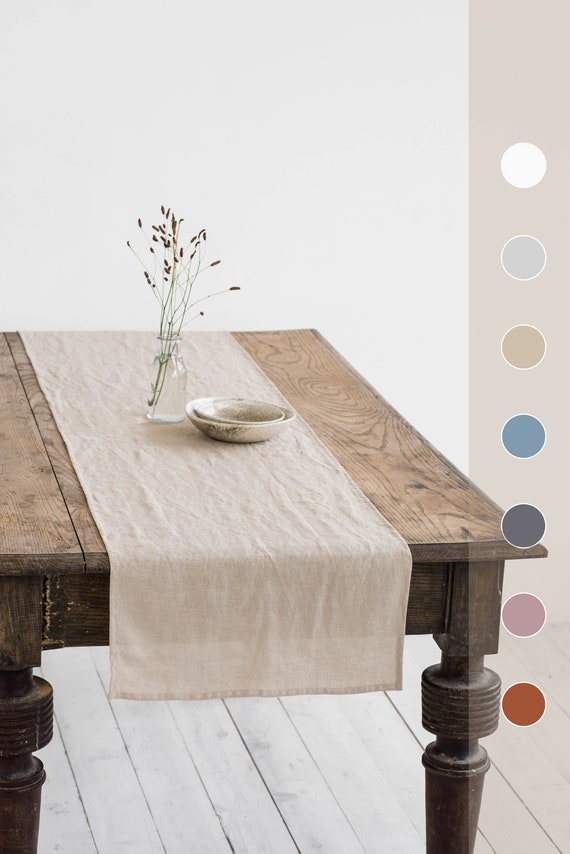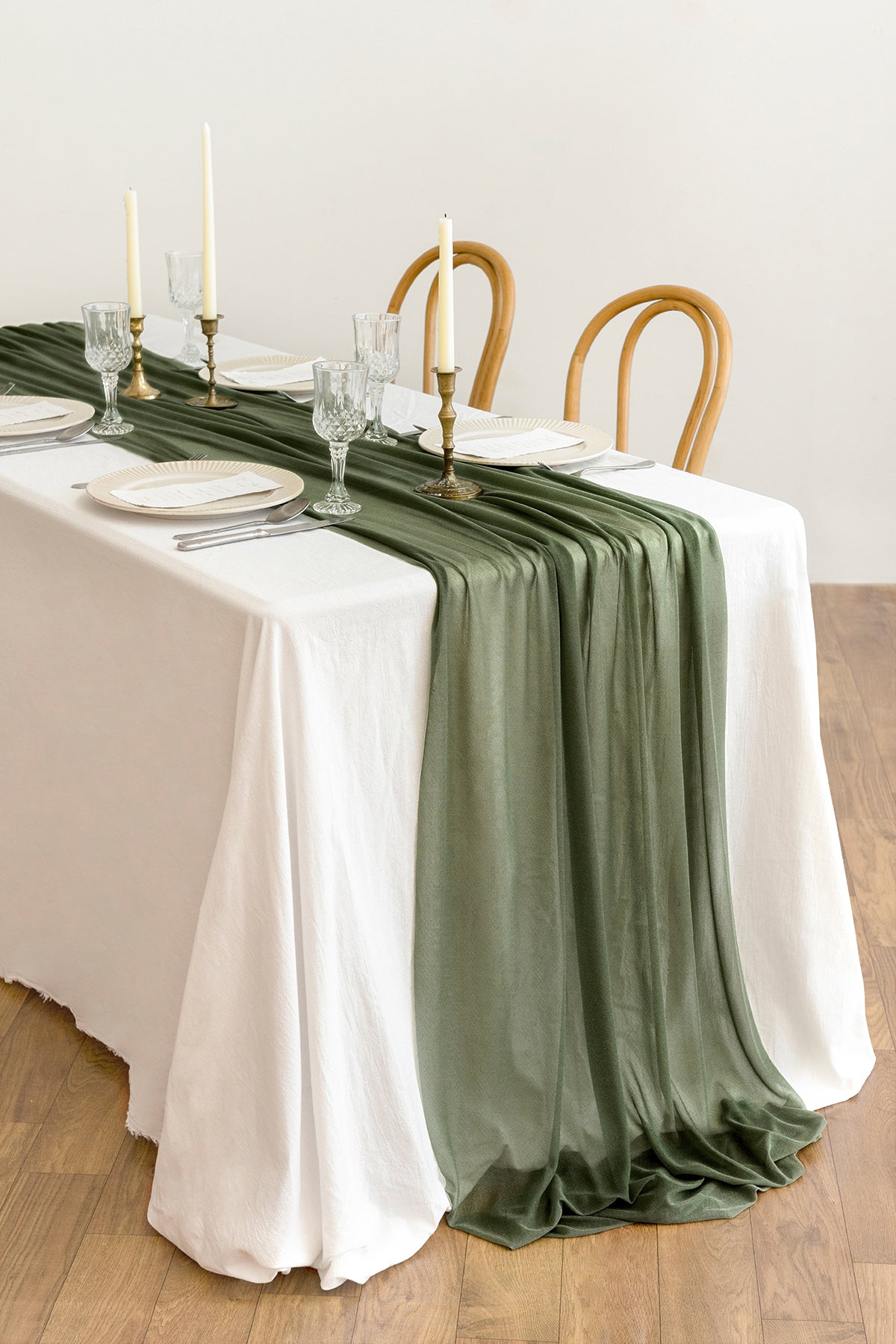Linen Material Technologies: Exploring Modern Trends and Creative Applications in Design and Fabric Market
In the world of material technologies, bed linen has emerged as an ageless yet flexible product that proceeds to astound developers and fanatics alike. With an abundant background deeply linked with craftsmanship and elegance, linen fabric is experiencing a resurgence in the modern era. From sustainable production methods to advanced weaving innovations, the development of linen is improving the landscape of the fabric sector. As we explore the worlds of innovative style applications and the introduction of linen blends and hybrid materials, a brand-new phase unravels in which bed linen's function in future textile developments takes center stage.
Sustainable Practices in Bed Linen Production
Sustainable techniques in linen manufacturing have actually ended up being progressively important in the textile sector's efforts to minimize ecological effect and promote ethical sourcing approaches. Bed linen, a natural fiber originated from the flax plant, uses a series of advantages such as breathability, toughness, and biodegradability. Nevertheless, traditional approaches of linen manufacturing can involve considerable water consumption, pesticide usage, and energy-intensive processes.
To resolve these challenges, several textile makers are taking on lasting techniques throughout the linen manufacturing procedure. This includes sourcing flax from natural ranches that avoid unsafe chemicals and chemicals, carrying out water-efficient retting techniques to essence fibers from the flax stalks, and making use of environment-friendly dyes and coatings. Additionally, some business are purchasing renewable resource resources to power their production facilities and minimizing waste via recycling and upcycling initiatives.
Technological Improvements in Bed Linen Weaving
With the growing focus on lasting techniques in linen production, the textile market is currently observing a surge in technological developments particularly focused on changing the art of bed linen weaving. These innovations are reshaping the way linen materials are generated, supplying increased efficiency, quality, and creativity in weaving methods.
One of the essential technological developments in bed linen weaving is the combination of electronic looms. These sophisticated looms are furnished with software program that enables complex and complex styles to be woven with accuracy. By digitizing the weaving process, producers can achieve greater consistency and precision in their bed linen fabrics.
In addition, innovations in thread spinning innovation have enabled the production of finer and even more long lasting linen yarns - table cloths. This results in softer and smoother linen fabrics that maintain their quality even after numerous uses and washes
Additionally, the growth of green dyeing procedures and surfaces for linen textiles is gaining grip. These lasting practices not just minimize the environmental influence however also provide to the enhancing consumer need for ethically generated textiles.
Creative Design Applications for Bed Linen
Cutting-edge creative techniques are progressively shaping the imaginative design applications for linen in the fabric sector. Linen's all-natural aesthetic charm and capacity to blend with other materials make it a favored choice for creating special garments and devices that provide to the environmentally mindful customer.
In addition, designers are try out linen in home Go Here decoration, using its breathable and durable nature to craft fashionable home furnishings such as drapes, bedding, and upholstery. The texture and drape of linen bring a sense of elegance and comfort to interior areas, including a touch of sophistication to modern-day homes.

Bed Linen Blends and Hybrid Fabrics

Crossbreed materials, on the other hand, take the concept of mixing a step better by incorporating additional elements such as metallic threads, recycled products, or conductive fibers. These ingenious textiles not just best site broaden the design opportunities but additionally introduce functional aspects like conductivity, antimicrobial residential properties, or improved resilience. Crossbreed materials are significantly being used in various markets, including fashion, indoor style, and technological textiles, where the need for multifunctional materials gets on the rise.
Bed linen's Role in Future Textile Innovations

In the realm of future textile advancements, bed linen is expected to be a principal in the growth of innovative functional materials. Developers and researchers are exploring methods to improve bed linen's integral qualities through technological improvements, such as including clever fabrics, nanotechnology, and efficiency coatings. These innovations intend to elevate linen's performance characteristics, making it appropriate for a wider series of applications, from activewear to safety garments.
In addition, the mix of bed linen with various other natural or synthetic fibers opens up unlimited opportunities for developing unique fabrics with special buildings and capabilities. By leveraging bed linen's features and discovering ingenious blends, the textile industry is poised to present amazing growths that satisfy developing customer demands and sustainability needs.
Final Thought
In final thought, the exploration of lasting techniques, technical developments, creative layout applications, bed linen blends, and its function in future textile innovations highlight the continual development of bed linen textile in the contemporary design and fabric market. With a concentrate on innovation and creative thinking, the adaptability and environment-friendly nature of linen make it a valuable product for designers and suppliers alike, leading the way for further growths and developments in the area of fabrics.
As we delve right into the realms of innovative design applications and the appearance of linen blends and crossbreed fabrics, a brand-new chapter unravels in which linen's role in future fabric technologies takes facility stage.
Discovering the blend of linen with other fabrics has led to the appearance of cutting-edge blends and crossbreed fabrics in the contemporary fabric sector. Bed linen blends provide a special mix of the characteristics of bed linen with those of various other fibers, resulting in textiles that have enhanced homes such as enhanced longevity, boosted draping, and minimized wrinkling.The development of bed linen blends and hybrid materials has set the phase for Bed linen to play a pivotal duty in driving future textile technologies.In the world of future textile innovations, bed linen is expected to be an essential gamer in the growth of advanced functional textiles.